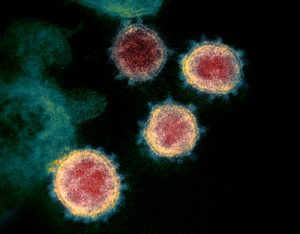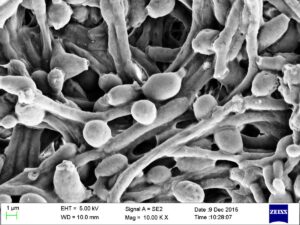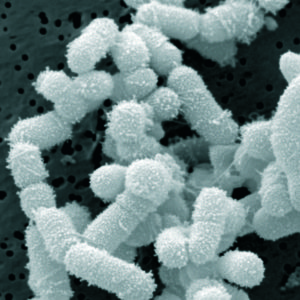 Millions of us have had a least one COVID infection. Many suffered a loss of smell during the infection. A recent study by NYU Langone researchers found that the loss of smell can linger for at least 2 years after the infection. And even if you thought that your smell was never impacted or that it has recovered, it actually may not have fully recovered, but only partially recovered.
Millions of us have had a least one COVID infection. Many suffered a loss of smell during the infection. A recent study by NYU Langone researchers found that the loss of smell can linger for at least 2 years after the infection. And even if you thought that your smell was never impacted or that it has recovered, it actually may not have fully recovered, but only partially recovered.
Among the 3525 participants in the study that reported a loss of smell during a COVID infection - 80% still had not fully recovered their sense of smell 2 years later, and for 23% it was severely diminished or lost. Interestingly, 66% of persons who originally had a COVID infection, but did not notice any smelling issues, also scored abnormally low on the evaluation done 2 years after the infection.
It can be said that their sense of smell has dulled (olfactory dysfunction). This reduced ability to smell is called hyposmia. Researchers administer a 40-odor test to persons to determine their smelling ability. To help recover the sense of smell, vitamin A supplementation and olfactory training are being tried.
From Science Daily: Millions could be living with hidden smell loss after COVID without knowing
People who suspect that their sense of smell has been dulled after a bout of COVID-19 are likely correct, a new study using an objective, 40-odor test shows. Even those who do not notice any olfactory issues may be impaired. ...continue reading "Loss of Smell from A COVID Infection Can Linger For At Least Two Years"


 It is still unknown whether probiotic supplementation would help these conditions because the studies are not yet done. But researchers do suggest eating an anti-inflammatory diet - which means a diet rich in fruits, vegetables, whole grains, legumes (includes beans), fish, seeds, nuts, and olive oil. This kind of diet has lots of fiber to feed and support beneficial bacteria.
It is still unknown whether probiotic supplementation would help these conditions because the studies are not yet done. But researchers do suggest eating an anti-inflammatory diet - which means a diet rich in fruits, vegetables, whole grains, legumes (includes beans), fish, seeds, nuts, and olive oil. This kind of diet has lots of fiber to feed and support beneficial bacteria. Millions of pounds of pesticides are used each year in the US: on farms, in buildings and homes, on lawns, in pet flea and tick products - basically everywhere. And so the pesticides eventually wind up in us - from the foods we eat, the water we drink, the air we breathe (when pesticides drift during applications or when used indoors), and the treated lawns and ground we walk on.
Millions of pounds of pesticides are used each year in the US: on farms, in buildings and homes, on lawns, in pet flea and tick products - basically everywhere. And so the pesticides eventually wind up in us - from the foods we eat, the water we drink, the air we breathe (when pesticides drift during applications or when used indoors), and the treated lawns and ground we walk on. Exercise helps fight cancer. Wow! What a headline. But is it true?
Exercise helps fight cancer. Wow! What a headline. But is it true?

 Over the past decade there has been as increasing amount of research suggesting that the herpes virus (cold sores!) is implicated in the development of Alzheimer's disease. (
Over the past decade there has been as increasing amount of research suggesting that the herpes virus (cold sores!) is implicated in the development of Alzheimer's disease. (

 An interesting in-depth book about the air we breathe and all the microbes in it was recently published. There are multitudes of microbes (viruses, bacteria, fungi) hidden in our air. We can't see them, but they are there. The book Air-borne: The Hidden History of the Life We Breathe is by award winning author Carl Zimmer.
An interesting in-depth book about the air we breathe and all the microbes in it was recently published. There are multitudes of microbes (viruses, bacteria, fungi) hidden in our air. We can't see them, but they are there. The book Air-borne: The Hidden History of the Life We Breathe is by award winning author Carl Zimmer. A group of international researchers got together and
A group of international researchers got together and